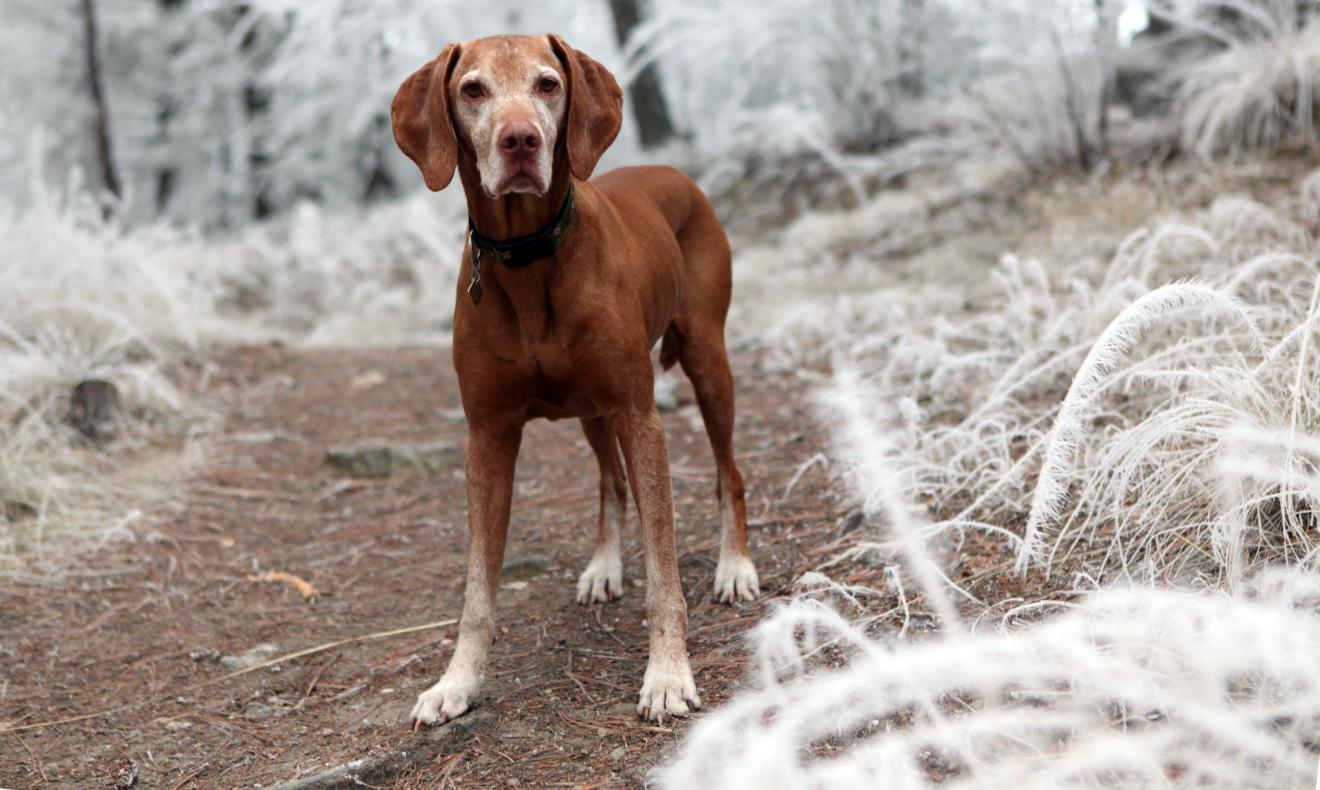
Do dogs need boots for the snow? Vet uncovers the truth…
Dog owners may be wondering whether their dog needs boots to protect their paws from snow and ice, as well as other hazards such as road salt during the chiller winter months.
Head Vet at tails.com Sean McCormack is advising dog owners to use alternative methods of protecting their pets paw pads, as this trending product can cause discomfort.
Please find the comments from Sean McCormack below;
"Generally, dog boots will not cause your dog any pain, however, they might feel uncomfortable, which is why I advise against purchasing them. Dogs find it extremely difficult to adapt to wearing boots, as they make their paws heavier and restrict movement.
One of the most common problems with dog boots, is that pet parents find it difficult to recognise when they don't fit their dog correctly. This can cause a lot of discomfort for your pet and make walking very challenging for them.
Though considered fashionable to some, most dogs don't need any form of footwear.
A dog's paw pads are tough enough to withstand the snow, ice and frozen ground. They have adapted to the cold and are designed to survive the outside. Body temperature plays a big part in this, as the pads draw warm blood to the skin to keep them warm. The tissue on a dog's paw pad is built to protect them from temperatures as low as -35 degrees.
The tissue on the dog's paw is the toughest skin on the entire body and the gripping texture allows them to maintain traction and balance. When boots are worn, dogs lose grip and the surface becomes slippy, making it harder to walk for your pup - it's a similar experience when a human wears socks on a slippery floor."
"But while paw pads are tough, they're not indestructible. When walking in winter dogs are more susceptible to cuts and cracks on their feed, which is why dog owners need to be most cautious. If your dog keeps picking up their paws when walking, or if they are excessively licking their pads then this could be a telltale sign that your dog's paws are sore.
Paw balm or petroleum jelly-based products can help to keep your dog's paws safe in winter. Before you head out on a walk, coat the balm on your dog's paws to create a barrier that will help to prevent snow, ice and other road chemicals from getting in their paw cracks.
Additionally, this will help to keep their pads hydrated, which is particularly important during winter when the air becomes dry. When you return from your walk, wipe it off!"
"Grooming plays a huge role in protecting your pup's paws during the colder period. Trimming the long hairs on your dog's paws will make it harder for ice, snow and de-icing products to cling and dry on their skin causing irritation. Be extra careful when trimming these areas, or take your pet to a professional grooming service.
When walking during winter, dogs are exposed to road salt, which can be extremely dangerous, as it can irritate the skin, causing dryness, cracking and even burns to the pads. Even more dangerous for dogs, if they lick it from their paws or fur, they can ingest the chemicals, which can be toxic. These harmful products sit on their fur and paws, so it's important that when you return from walking your dog that you clean their paw pads to remove any chemicals.
Many car owners will use antifreeze to clear the ice from their vehicles. As the ice melts from your car, the antifreeze will mix with the water, which can be harmful if your dog likes to drink from puddles. The dangerous chemical in antifreeze is ethylene glycol, which has a sweet taste that dogs enjoy.
Antifreeze can cause damage to your dog's kidneys, even after a small amount has been ingested. So it's important that if you see any liquids leaking from your car, keep your dog away and clean them up straight away.
Frostbite and hypothermia are risks dogs face when the temperature drops. When it's cold outside, avoid taking your long walks, break these down into short walks more frequently, as exposing your dog to cold temperatures for a long period can be dangerous."








